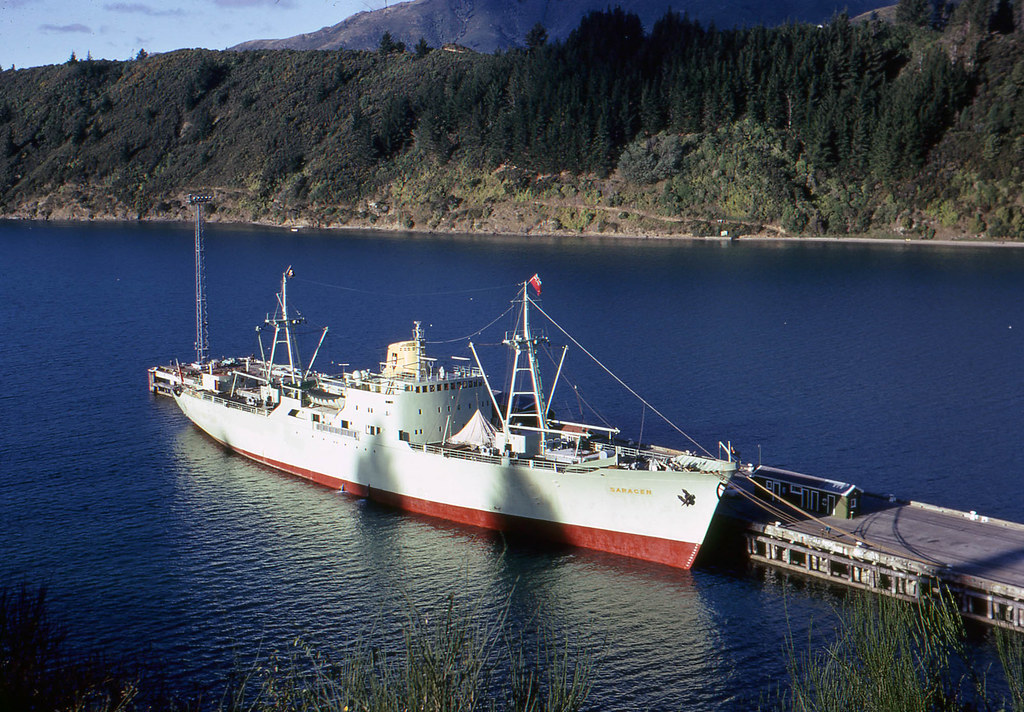- Nov 30, 2022
- Thibaut Humbert
- Non classé
- 0 Comments
Keeping clean ship hulls has become a discipline in its own right, involving multiple stakeholders. In a recent meeting, a ship owner told us that one of his vessels had been refused entry from a New Zealand port because he was unable to prove that the hull of its ship was clean…
Guess how much this refusal cost him?
💰€200,000.
Yep. 200k is the financial impact of a denial to reach New Zealand’s shore for two weeks. The ship owner also had to hire a team of divers to conduct an inspection so that he could be granted permission to enter the port in the end.
Another container shipping company shared with us they had to reroute a vessel and delay her by 2 weeks to have the niche areas cleaned.
Could these misadventures in business have been avoided? The answer is yes.
Let’s see how.

Moving towards proactive maintenance and cleaning will help reduce port congestion and any biosecurity-related costs and vessel delays ⏱️
Clean ship hulls: what we are really talking about and why it’s so important?
Obviously, the definition of a “clean hull” is relative, and depends on the vessel’s itinerary, which sorts vessels into two categories:
- Short-stay vessels are those vessels intending to stay in New Zealand for 20 days or less, and to only visit ports designated as Places of First Arrival. These vessels are allowed a slime layer and gooseneck barnacles, plus small amounts of other fouling organisms on the hull (<1% coverage) and niche areas (<5% coverage).
- Long-stay vessels are those vessels intending to stay in New Zealand for 21 days or more, and/or to visit ports not designated as Places of First Arrival. These vessels are only allowed a slime layer and gooseneck barnacles; no other fouling will be allowed on hull or niche areas.
Why are NZ and Australia authorities stringent on the cleanliness of the ship hulls?
During a ship’s travel, or prolonged stay at a foreign port for instance, micro-organisms can develop and proliferate on a ship hull. These growths, in addition to slowing down the ships by creating hydrodynamic drag, can detach in waters where they are non-native. When they proliferate, these IAS can become a threat to the maritime ecosystems.
If you want to know more about IAS, we recommend the following readings:
From IMO’s GloFouling Partnership: https://www.glofouling.imo.org/the-issue
From this blog: The arrival of invasive species in Antarctica
Towards proactive and quantified monitoring
Today, here are all the proactive steps to show compliance with NZ regulations:
- Get ahead of your biofouling: organize an underwater inspection, and act on all biofouling found.
- Ensure that your most recent underwater inspection or underwater cleaning report is supplied to MPI.
- Ensure that all other relevant paperwork is supplied to MPI.
- Let MPI know as soon as a delay becomes likely. Reach out to MPI for guidance and advice well in advance.
Following the above advice improves the likelihood of your request being granted. There may be enough unforeseen complications already, so avoid adding unnecessary ones!😎
OTHERWISE, you will also able to meet the biofouling requirements by doing one of the following (and having documentation to prove it):
- Undertaking continual hull maintenance using best practices (recommended for short-stay vessels).
- Cleaning the hull and niche areas within 30 days before arrival in New Zealand (recommended for long-stay vessels).
- Booking an appointment for the vessel to be hauled out and cleaned by an MPI-approved treatment supplier within 24 hours of arrival (recommended for vessels coming to New Zealand for refit or repair).
Hull management: how can Notilo Plus help you comply with NZ regulations?
- We’re able to perform superior hull surveys and biofouling assessments with a detailed fouling score zone-by-zone
- Specific focus on the niche areas
In order to provide high quality data both to the shipping company and to MPI teams, we designed an AI algorithm that recognizes niche areas in the inspection pictures and videos. In short, it directly extracts niche areas out of your 3 hours of videos. We rely on this algorithm to design the best-in-class reports and ease entry to NZ. As a bonus effect, it opens the path to monitoring the state of niche areas over time and to evaluate antifouling strategies.
If there is one lesson to take away from this experience, it is that hull conditions must be closely monitored, and you need to ensure you have a clean hull before heading to New Zealand.
Useful links:
- Register to MPI’s Quarterly newsletter on: https://www.mpi.govt.nz/news/subscribe-to-mpi/
- Self-Assessment tool: https://www.mpi.govt.nz/dmsdocument/51886-Biofouling-Compliance-Self-Assessment-Tool-For-vessels-arriving-to-New-Zealand
- Guidelines for Diving Service Providers: https://www.mpi.govt.nz/dmsdocument/27852-Guidelines-for-diving-service-providers-inspecting-vessels-arriving-to-New-Zealand
- Craft Risk Management standard for Biofouling: https://www.mpi.govt.nz/dmsdocument/11668-biofouling-on-vessels-arriving-to-new-zealand-craft-risk-management-standard

